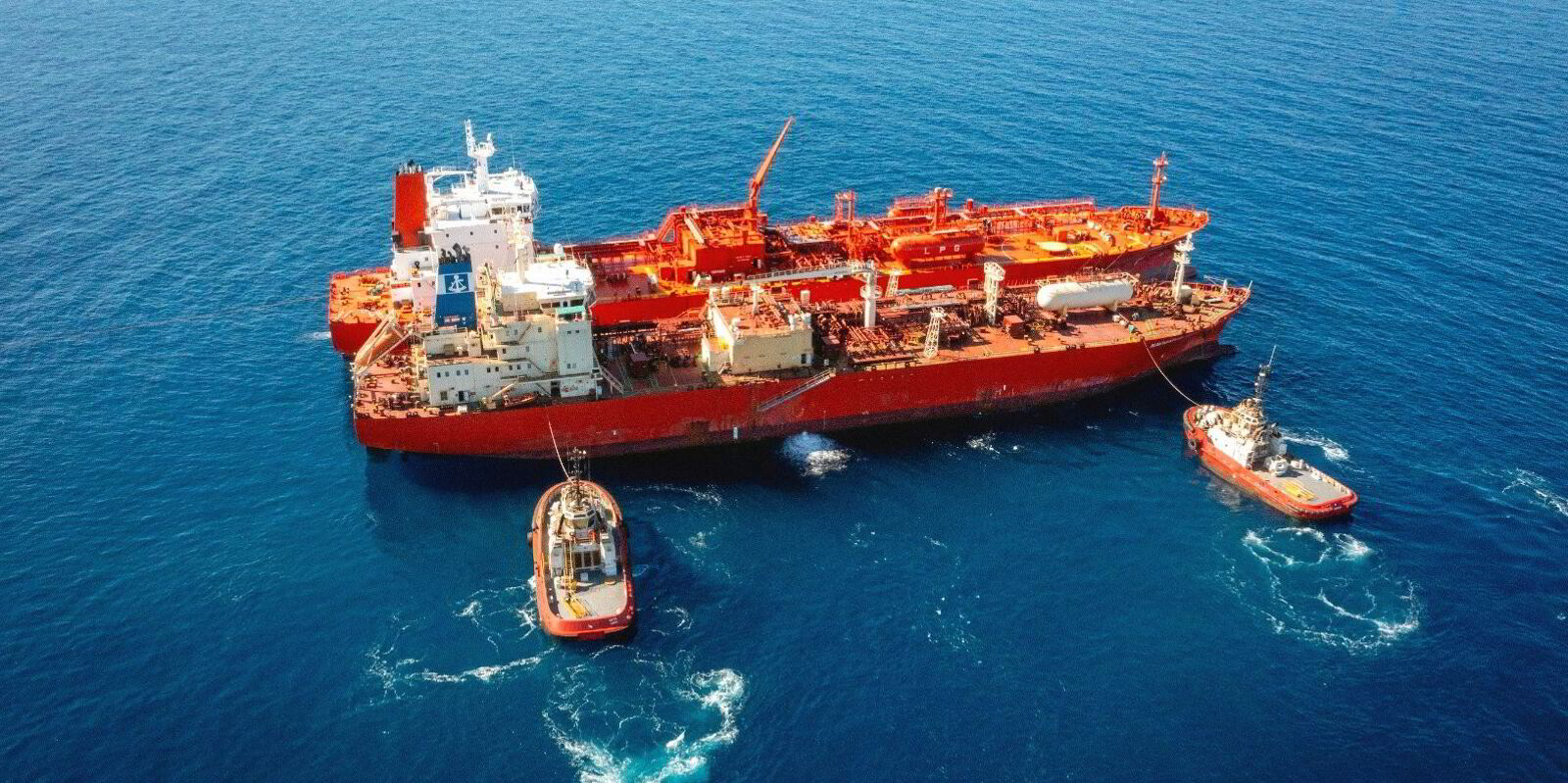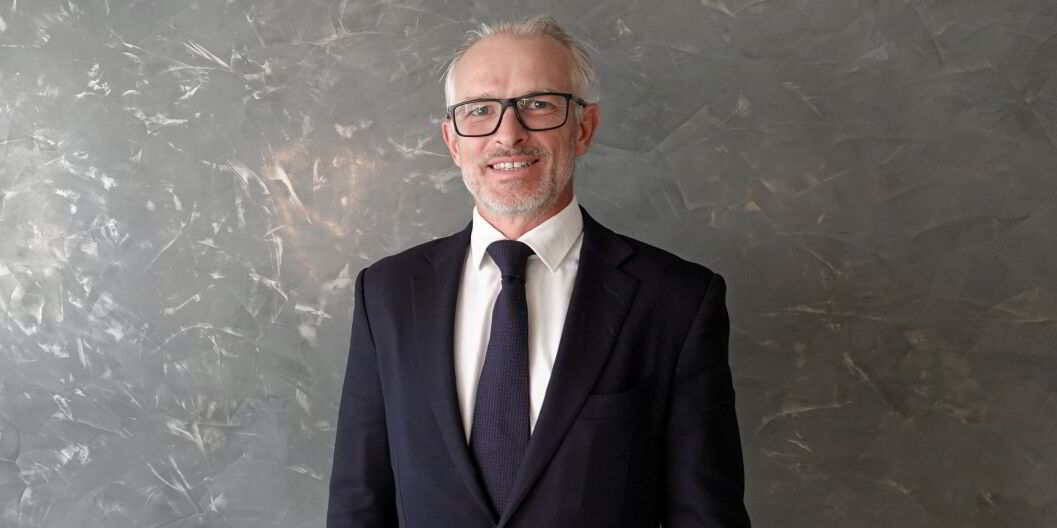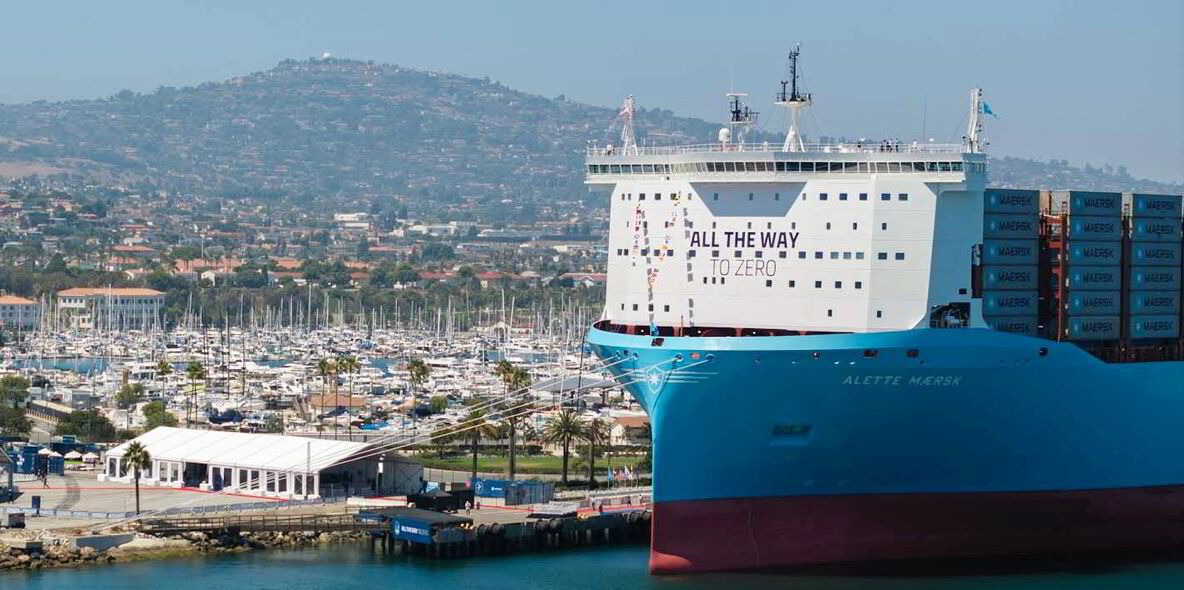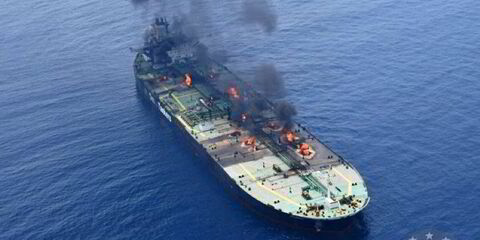Forging offtake agreements is essential for clean ammonia start-up Ten08 Energy to move forward with its planned production facility on the US Gulf Coast, and chief executive Jean Perarnaud sees the shipping fuels market in Europe as a key customer base.
The Houston company, which has shipowner Navigator Gas as a key investor and partner, is aiming to make a final investment decision in two to three years, once it secures enough long-term customers.
Perarnaud told TradeWinds that most of its prospective offtakers are in the shipping sector in Europe, where regulations are putting the industry under greater pressure to adopt clean fuels.

Ten08 eventually sees the power sector as a key market, since clean ammonia can be co-fired in coal plants to reduce emissions, but the chief executive said that industry is not yet facing the same pressure as the maritime sector.
Shipping, however, is not accustomed to the type of long-term contracts that clean fuel production needs.
“One of the big difficulties that the industry is facing is, typically people who buy bunker fuel buy it on spot or forward [contract] that doesn’t exceed a year,” Perarnaud told TradeWinds in Ten08’s Houston office.
“But what we need is to have contracts that basically ‘guarantee’ the cash flow of our company for the next 10 to 15 years, so we can go to the bank and raise project finance and get those projects off the ground.”
Ten08 is planning to launch operations of its first ammonia train, with 1.4 mtpa of production capacity, in 2029. It plans to produce two forms of clean ammonia.
The company intends to mostly produce blue ammonia, which is made from fossil fuels but has a reduced greenhouse gas footprint through the use of carbon capture.
Going green
But green ammonia, which is made from zero-emission sources, is also on the menu, although Perarnaud sees less demand for this fuel at first because of its high price.
For New York-listed Navigator, which plans to support the project with seaborne logistics in addition to being a joint venture partner in its export terminal, that means more ships.

The gas carrier company already has 10 of its ships trading in the ammonia market.
Randy Giveans, Navigator Gas’ executive vice president for business development and investor relations, said all of the company’s existing ships are occupied in other business.
“It doesn’t have to be newbuildings,” he told TradeWinds. “There’s obviously a lot of vessels that have been ordered, some that have already been delivered, midsizes and greater, that could move the commodity, and it really depends on region and customers.”
Trade to Europe and Latin America would involve midsize gas carriers and smaller ones, while very large ammonia carriers could enter the picture if Ten08 finds customers in Asia.
Giveans said Navigator sees a future for blue or green ammonia in four areas. The current major consumers of ammonia are fertiliser producers, and they will look to cleaner forms of the commodity to clean up their businesses.
Next up is the use of green and blue ammonia as a marine fuel, where Giveans said policies under consideration by the International Maritime Organization are expected to provide incentives to use the fuel in ships by 2030, as well as ramp up European Union regulations.
Ammonia-fuelled ships
Giveans said even Navigator is looking to have some of its own ships run on ammonia by around 2030.
Ten08’s 2029 start date is well-placed to fuel that need.
Power plants, particularly in Asia, are expected to turn to clean ammonia alongside coal in power plants, cutting emissions by 10% to 15% without any capital expenditures.
Finally, the commodity could be used to supply a future clean hydrogen economy in Europe. Ammonia, whose molecule is made up of one nitrogen atom with a hydrogen atom, can be used to carry hard-to-ship hydrogen.
Giveans said London-based Navigator explored a number of ammonia production projects, including a small-scale green ammonia project, before deciding that Ten08 was the best bet.
“We really like the location. We like the project developers. We like the vendors that they’ve had lined up for natural gas input, for electricity and water and all the utilities,” he said.
“And then the offtake: there’s a lot of advanced discussions with offtakers, both in Europe and in Asia.”

Giveans said the vision for Navigator’s involvement in the terminal is similar to its joint venture with Enterprise Product Partners, which runs an ethylene export terminal on the Houston Ship Channel.
“We want to replicate that with Ten08. We’re not really interested in producing blue ammonia … but certainly investments on the terminal, the storage, the ship-to-shore logistics, the dock space and that pushes cargoes onto our ships.”




